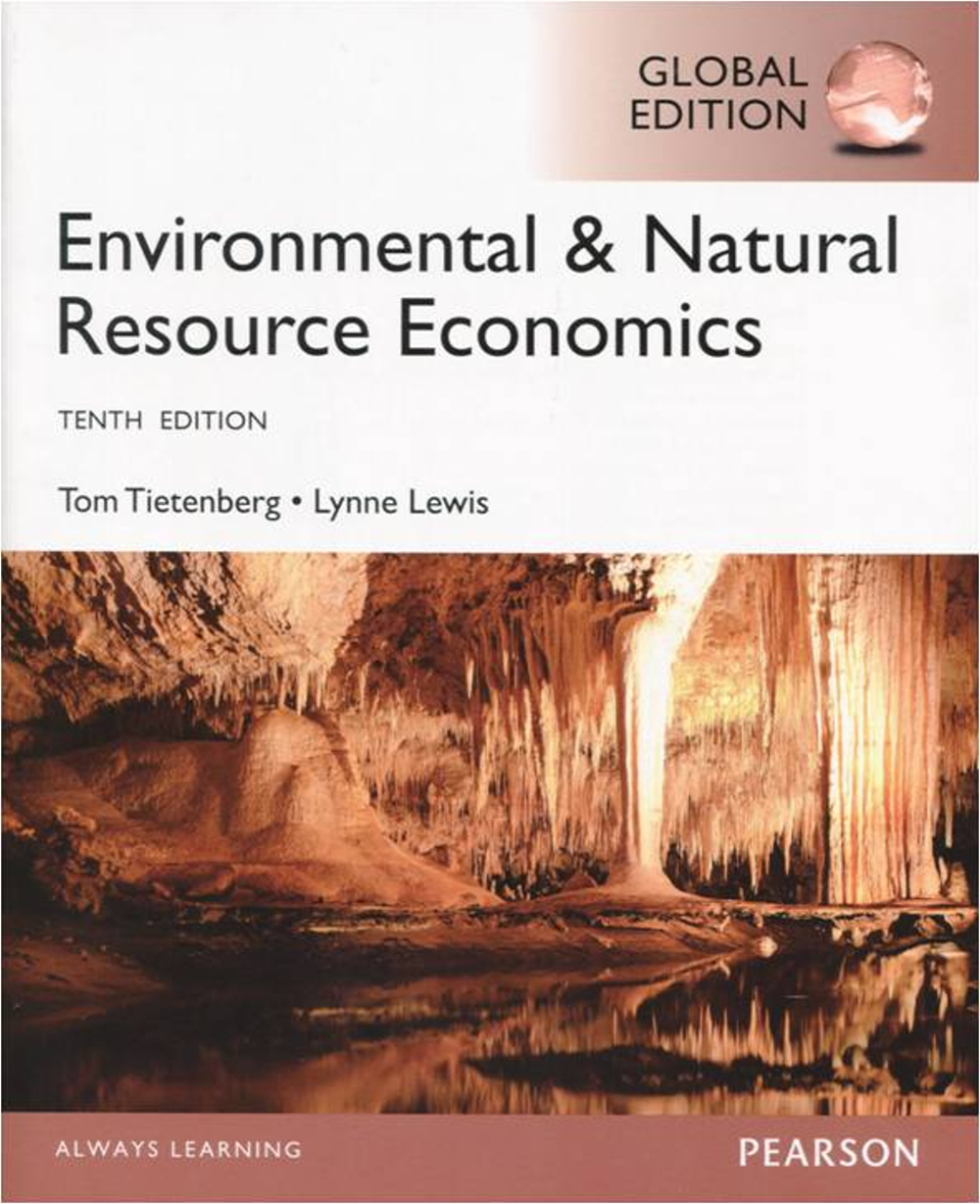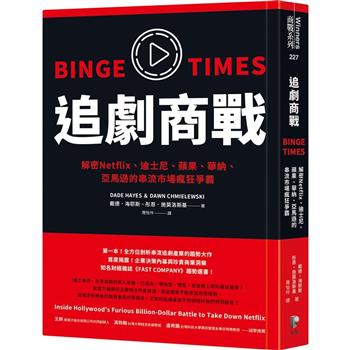Gain flexibility in your course outlines
1.A course in natural resource economics might cover Chapters 1 to 14 and 22 to 24. A brief introduction to environmental economics could be added by assigning Chapter 15.
2.A course in environmental economics could cover Chapters 1 to 5 or 15 to 21. Chapter 7 could be added if a brief introduction to natural economics seems desirable.
Use relevant material
1.International coverage is woven throughout, with significant attention given to environmental problems and policies in Eastern and Western Europe, China, and developing nations.
2.Expanded topics on oil and gas, UN’s Redd program, BP/Deepwater horizontal spill in the Gulf of Mexico, cash for clunkers, Taxes vs. Allowances debate in the presence of uncertainty and much more current information help students relate to the course material.
Engage students with self-test exercises, debates, and examples
1.Self-test exercises (numerical problems, graphical manipulations and word problems) let students understand hallmark concepts before moving though the text.
2.Data tables include recent economic studies.
3.Example boxes provide crucial real-world context for economic theory, touching on topics such as hazardous pollutant emissions from iron and steel foundries.
| FindBook |
有 1 項符合
Environmental and Natural Resource Economics (GE)10版的圖書 |
 |
Environmental and Natural Resource Economics (GE)10版 作者:Tietenberg 出版社:華泰文化 出版日期:2015-04-01 語言:英文 規格:平裝 / 632頁 / 普通級/ 單色印刷 / 10版 |
| 圖書館借閱 |
| 國家圖書館 | 全國圖書書目資訊網 | 國立公共資訊圖書館 | 電子書服務平台 | MetaCat 跨館整合查詢 |
| 臺北市立圖書館 | 新北市立圖書館 | 基隆市公共圖書館 | 桃園市立圖書館 | 新竹縣公共圖書館 |
| 苗栗縣立圖書館 | 臺中市立圖書館 | 彰化縣公共圖書館 | 南投縣文化局 | 雲林縣公共圖書館 |
| 嘉義縣圖書館 | 臺南市立圖書館 | 高雄市立圖書館 | 屏東縣公共圖書館 | 宜蘭縣公共圖書館 |
| 花蓮縣文化局 | 臺東縣文化處 |
|
|
圖書介紹 - 資料來源:博客來 評分:
圖書名稱:Environmental and Natural Resource Economics (GE)10版
內容簡介
目錄
Ch 1 Visions of the Future
Ch 2 The Economic Approach: Property Rights, Externalities, and Environmental Problems
Ch 3 Evaluating Trade-Offs: Benefit-Cost Analysis and Other Decision-Making Metrics
Ch 4 Valuing the Environment: Methods
Ch 5 Dynamic Efficiency and Sustainable Development
Ch 6 Depletable Resource Allocation: The Role of Longer Time Horizons, Substitutes, and Extraction Cost
Ch 7 Energy: The Transition from Depletable to Renewable Resources
Ch 8 Recyclable Resources: Minerals, Paper, Bottles, and E-Waste
Ch 9 Water: A Confluence of Renewable and Depletable Resources
Ch10 A Locationally Fixed, Multipurpose Resource: Land
Ch11 Storable, Renewable Resources: Forests
Ch12 Common-Pool Resources: Commercially Valuable Fisheries
Ch13 Ecosystem Goods and Services: Nature’s Threatened Bounty
Ch14 Economics of Pollution Control: An Overview
Ch15 Stationary-Source Local and Regional Air Pollution
Ch16 Climate Change
Ch17 Mobile-Source Air Pollution
Ch18 Water Pollution
Ch19 Toxic Substances and Environmental Justice
Ch20 The Quest for Sustainable Development
Ch21 Visions of the Future Revisited
Answers to self-Test Exercises
Glossary
Name Index
Subject Index
Ch 2 The Economic Approach: Property Rights, Externalities, and Environmental Problems
Ch 3 Evaluating Trade-Offs: Benefit-Cost Analysis and Other Decision-Making Metrics
Ch 4 Valuing the Environment: Methods
Ch 5 Dynamic Efficiency and Sustainable Development
Ch 6 Depletable Resource Allocation: The Role of Longer Time Horizons, Substitutes, and Extraction Cost
Ch 7 Energy: The Transition from Depletable to Renewable Resources
Ch 8 Recyclable Resources: Minerals, Paper, Bottles, and E-Waste
Ch 9 Water: A Confluence of Renewable and Depletable Resources
Ch10 A Locationally Fixed, Multipurpose Resource: Land
Ch11 Storable, Renewable Resources: Forests
Ch12 Common-Pool Resources: Commercially Valuable Fisheries
Ch13 Ecosystem Goods and Services: Nature’s Threatened Bounty
Ch14 Economics of Pollution Control: An Overview
Ch15 Stationary-Source Local and Regional Air Pollution
Ch16 Climate Change
Ch17 Mobile-Source Air Pollution
Ch18 Water Pollution
Ch19 Toxic Substances and Environmental Justice
Ch20 The Quest for Sustainable Development
Ch21 Visions of the Future Revisited
Answers to self-Test Exercises
Glossary
Name Index
Subject Index
|










